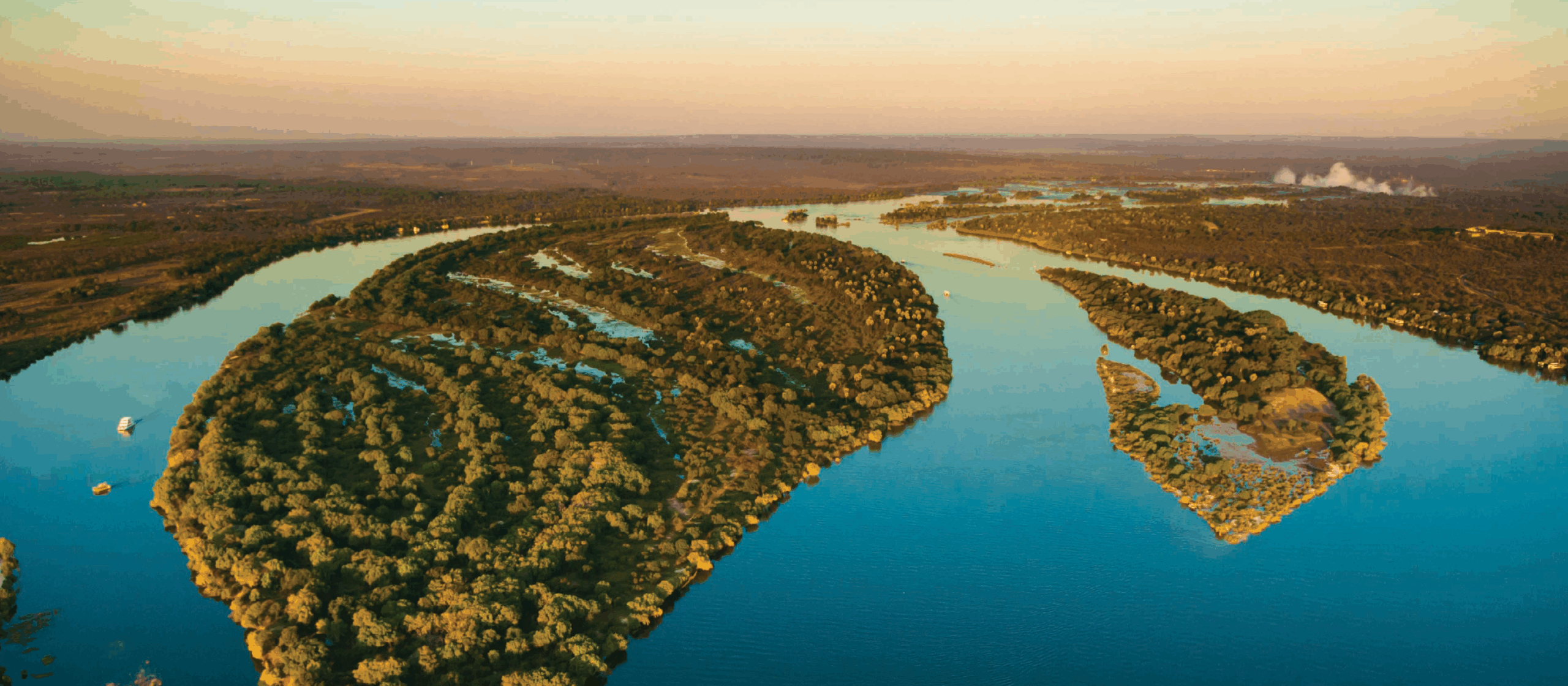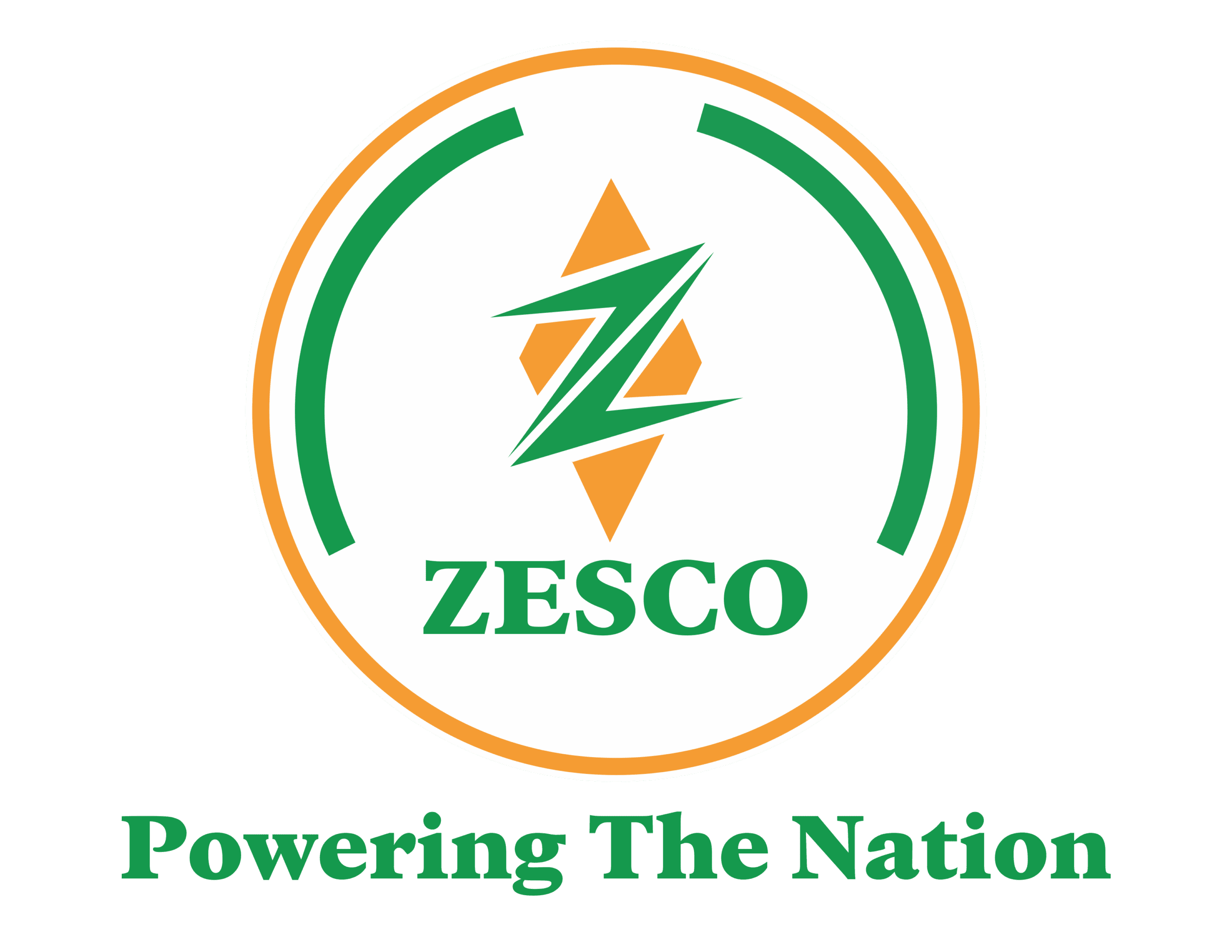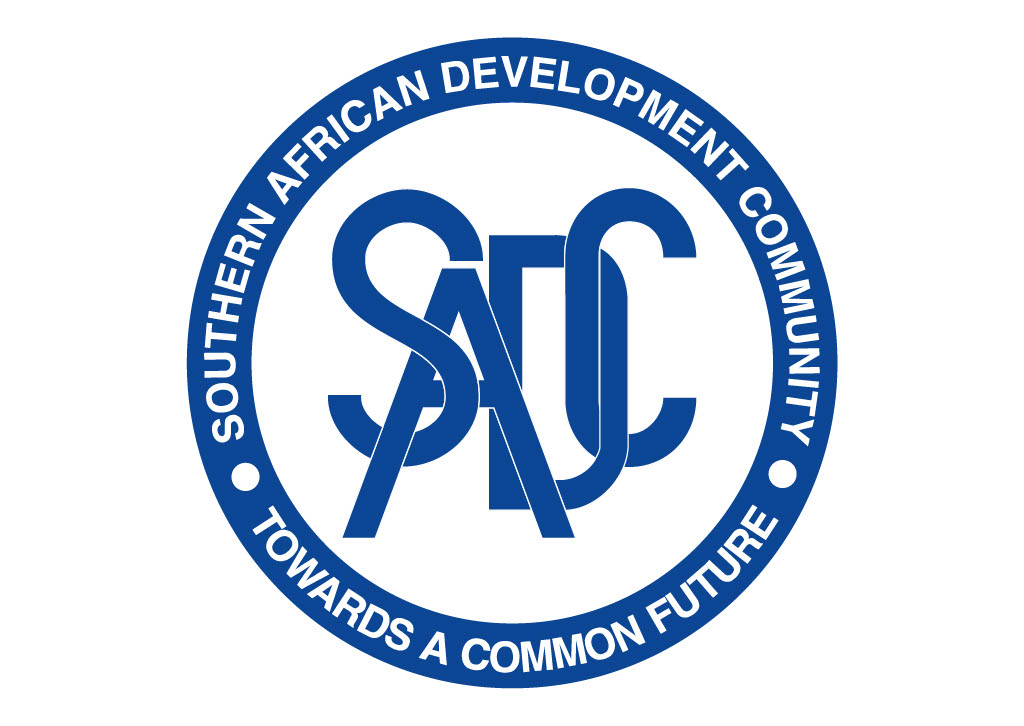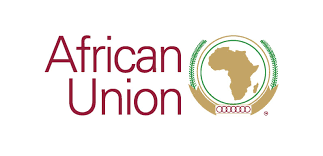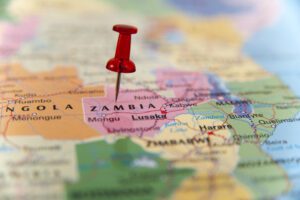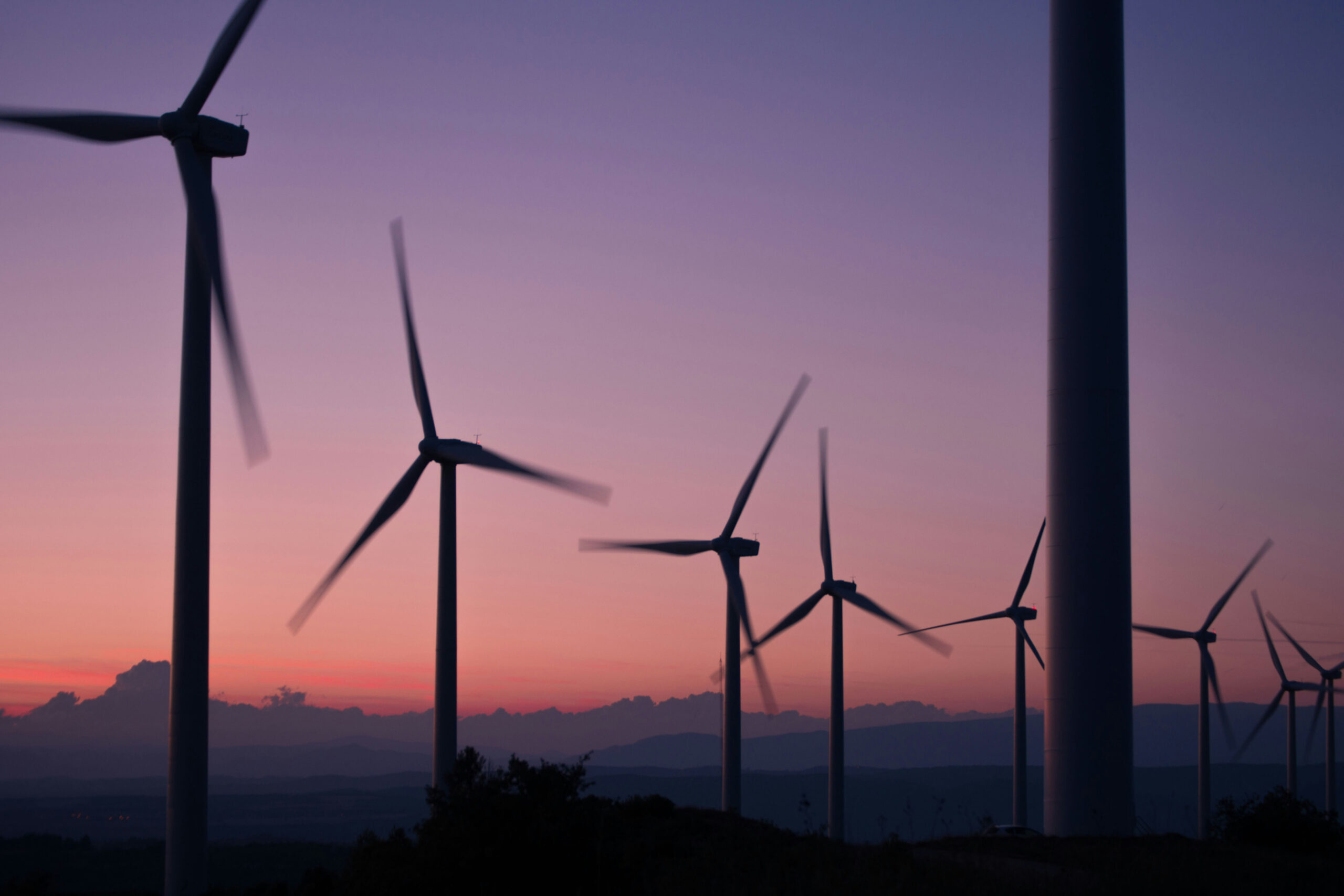Zim-Zam Agenda 2025
Agenda
Welcome Drinks Reception
NB: Topics, times and speakers may be subject to change as the agenda develops.
Registration & Coffee
Zimbabwe-Zambia Energy Projects Summit 2025: Official Opening – Mines and Energy: How Stakeholders have Fast-Tracked Private Sector Projects to Become Africa’s Top Investment Destination
Moderator

Sara Elhag
Speakers

Her Worship, Constance Nalishebo Muleabai

H.E. Honourable Credo Nanjuwa
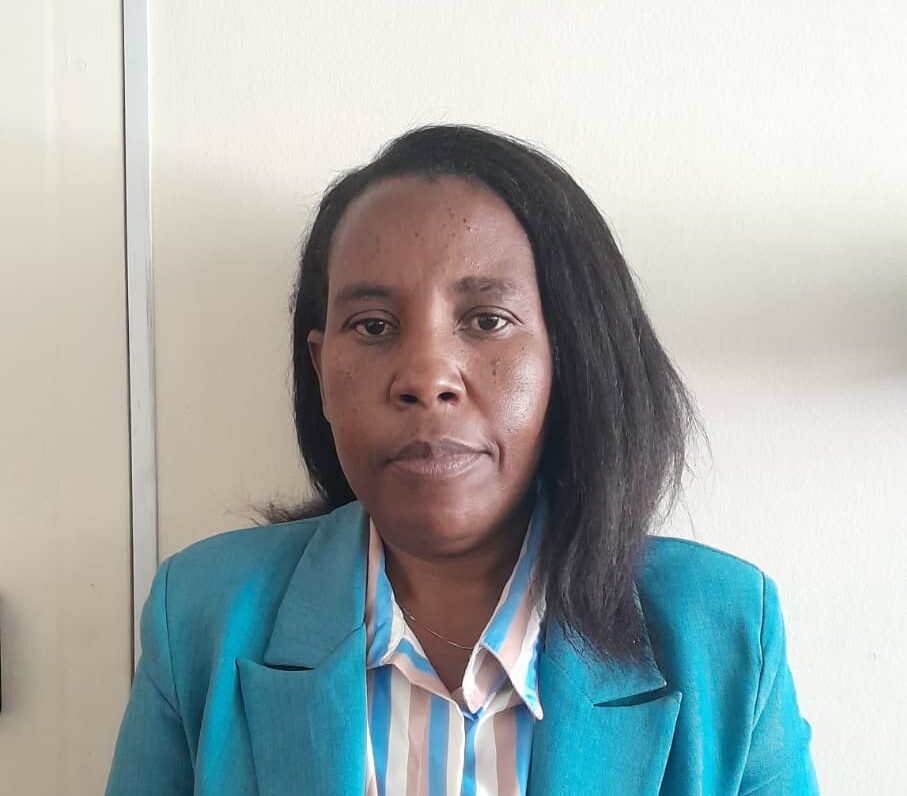
H.E. Honourable Yeukai Simbanegavi

Kuso Kamwambi
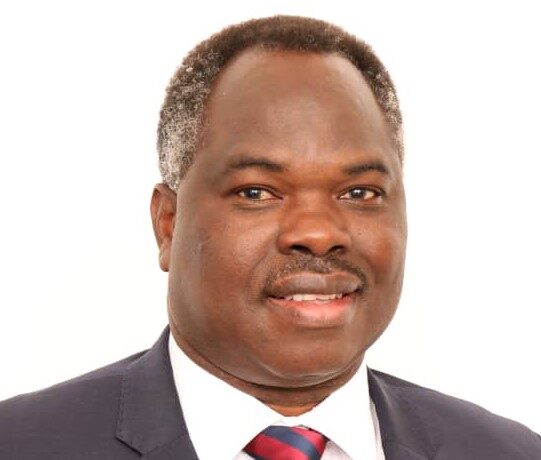
Albert Halwampa

Monie Captan
Addressing Opportunities Head On – How Structural Policy Changes Have Opened the Floodgates of Investment for the Region
Recent collaborative projects coming online show the impact of government investment in the energy sector since the energy crisis began.
- How Open Access and Multi-Year Tariff policies are creating a more attractive regulatory environment for investors and sustainable utilities
- How public and private sector are working together to enable market-based solutions such as energy trading
- How the governments are enabling M300 and other programmes to make rural electrification bankable
Moderator

Lisa Pinsley
Speakers

Kuso Kamwambi
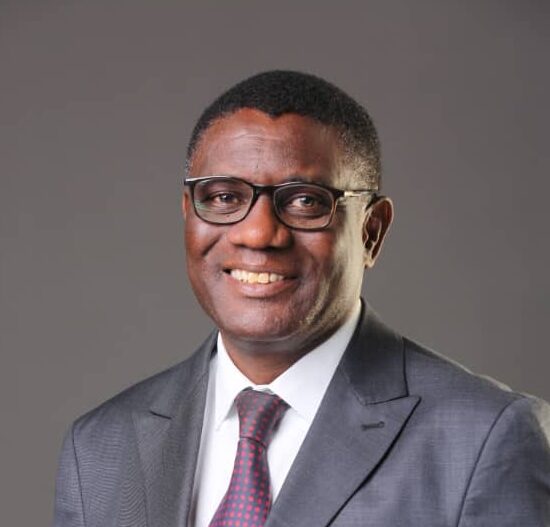
Justin Loongo

Howard Choga

Rentia van Tonder

Bwalya Mulenga
Coffee & Networking
M300 – Benchmarking Success in Zambia and Zimbabwe – Where Are We Now and Where Should We Be a Year from Now?
With both countries committing to M300 Compacts, they are pledging to work at scale to increase energy access, including access to clean cooking solutions, and partner with the private sector to mobilise new solutions.
- Increasing private sector mobilisation to accelerate the rate of energy projects and encourage investment into Distributed Renewable Energies (DREs)
- Driving sustained growth in the off-grid space – accessing the required funding opportunities to keep the pace needed to meet targets
- Innovative off-grid solutions using RBF mechanisms and demand stimulation initiatives can deliver an increase in energy access rates while making investment more sustainable
Moderator

Collen Zalengera
Speakers

Gloria Magombo

Mafayo Ziba

Suzyo Silavwe
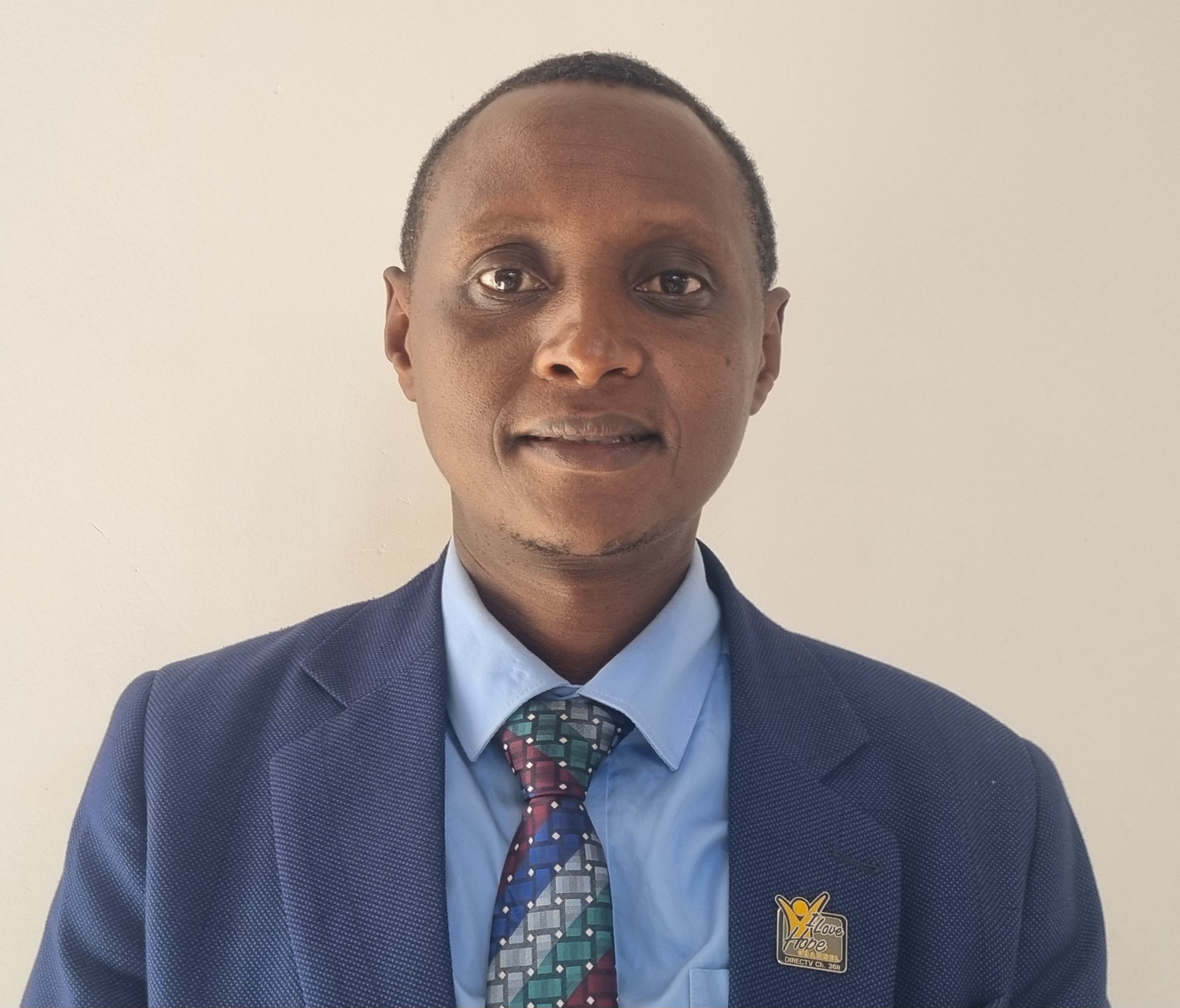
Askwar Hilonga

Helen Zulu

Abdul Yakubu
Framework on a Just Energy Transition
Hosted by Southern African Development Community (SADC)
Invitation Only
Lunch
Meeting the Demands of Intensive Energy Users
How the mining sector is structuring robust renewable energy systems to support the aggressive growth coming from the global critical mineral drive.
- How are mining companies using innovative approaches to generate much needed power in the face of severe load shedding?
- Can Captive Power Plants offer the solution for industry to thrive?
- How the critical minerals sector is driving investment into Africa’s energy transition.
- How can the role of local investors be enhanced to support a balanced environment for national and international stakeholders?
Moderator

Alexandra Felekis
Speakers

Man’arai Ndovorwi

Anthony Mukutuma

Richard Silumbe

Amend Chiduma
High-Level Stakeholders’ Consultation Workshop on the Grand Inga Strategic Coordination Committee (GISCC)
Closed Door African Union Meeting – Invitation Only
Hosted by
Coffee & Networking
Zambia and Zimbabwe’s Renewable Energy Opportunity
Faced with climate change, a demand for a just energy transition, and with abundant natural resources for solar, wind and hydro, both countries are pushing forward with prioritising renewable energy projects to meet energy access targets.
- What are the capacity needs of the region from IPPs/PPPs?
- Increasing the pace and scale of renewables through effective procurement policies
- Would establishing a renewable energy procurement office with standardised policies and frameworks help the countries speed up the progress of solar and wind projects, and attract investors?
Moderator

Amanda Chipako
Speakers
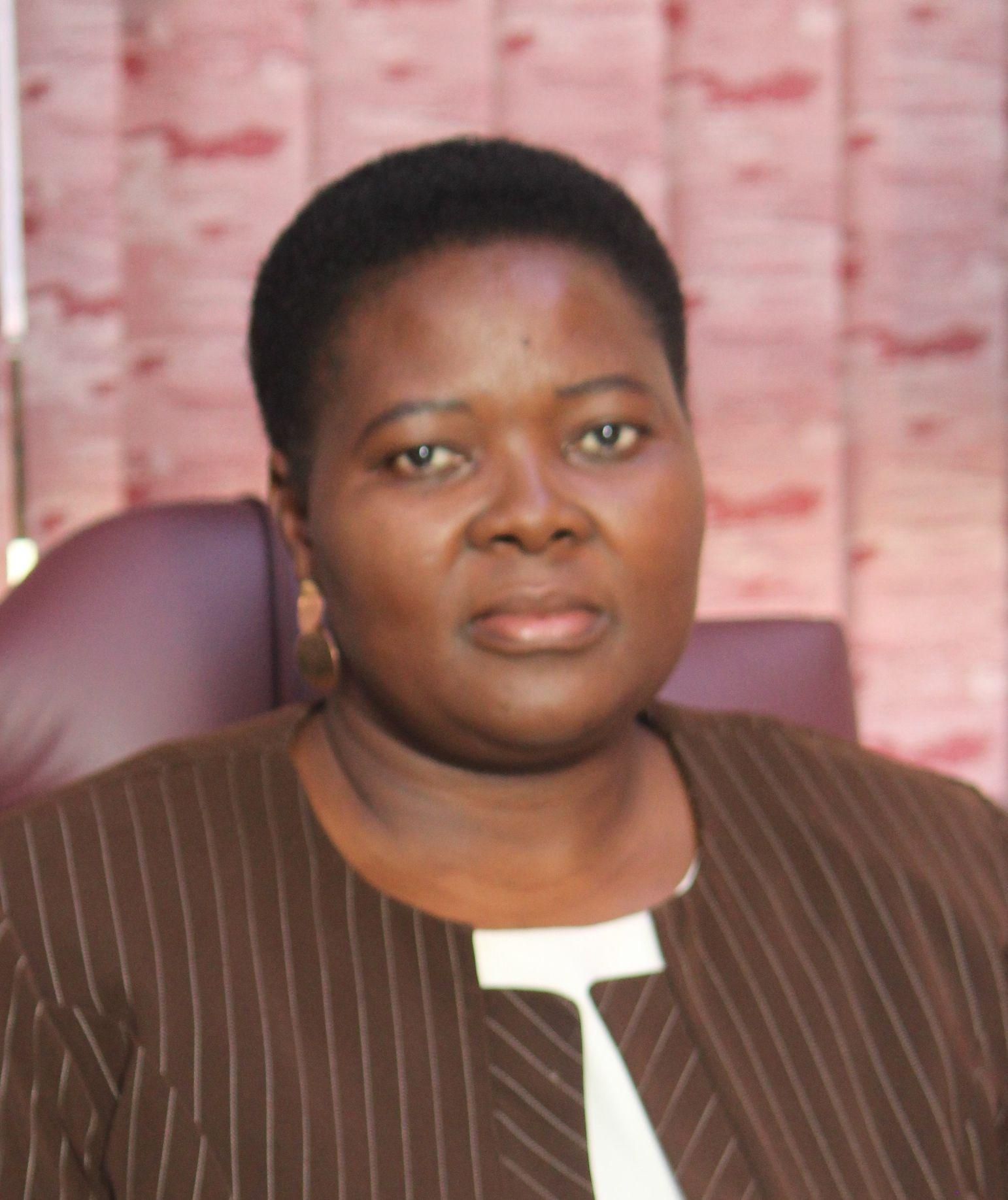
Felister Makumbinde
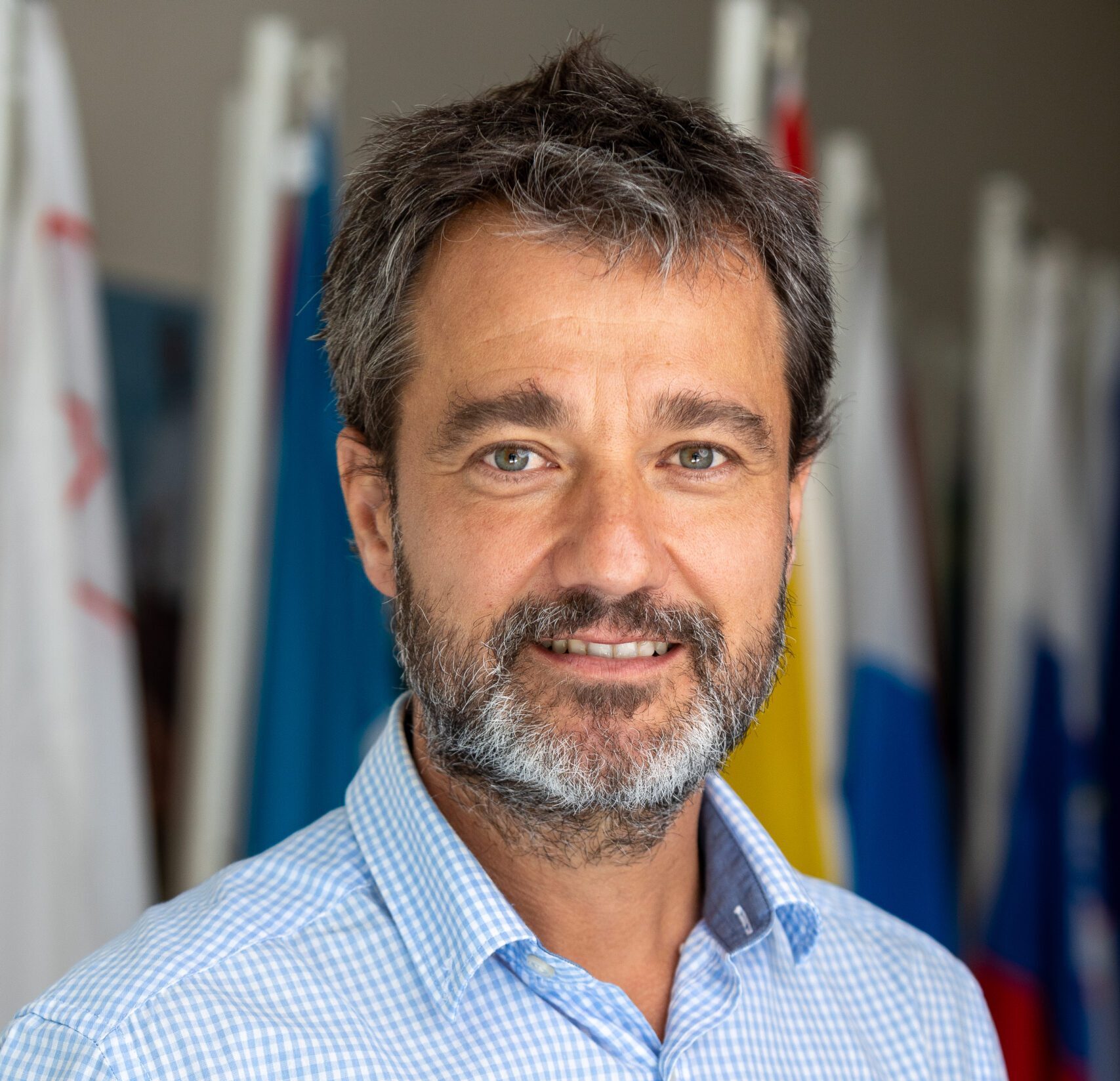
Román Iranzo

John Smelcer

Francisca Morgado
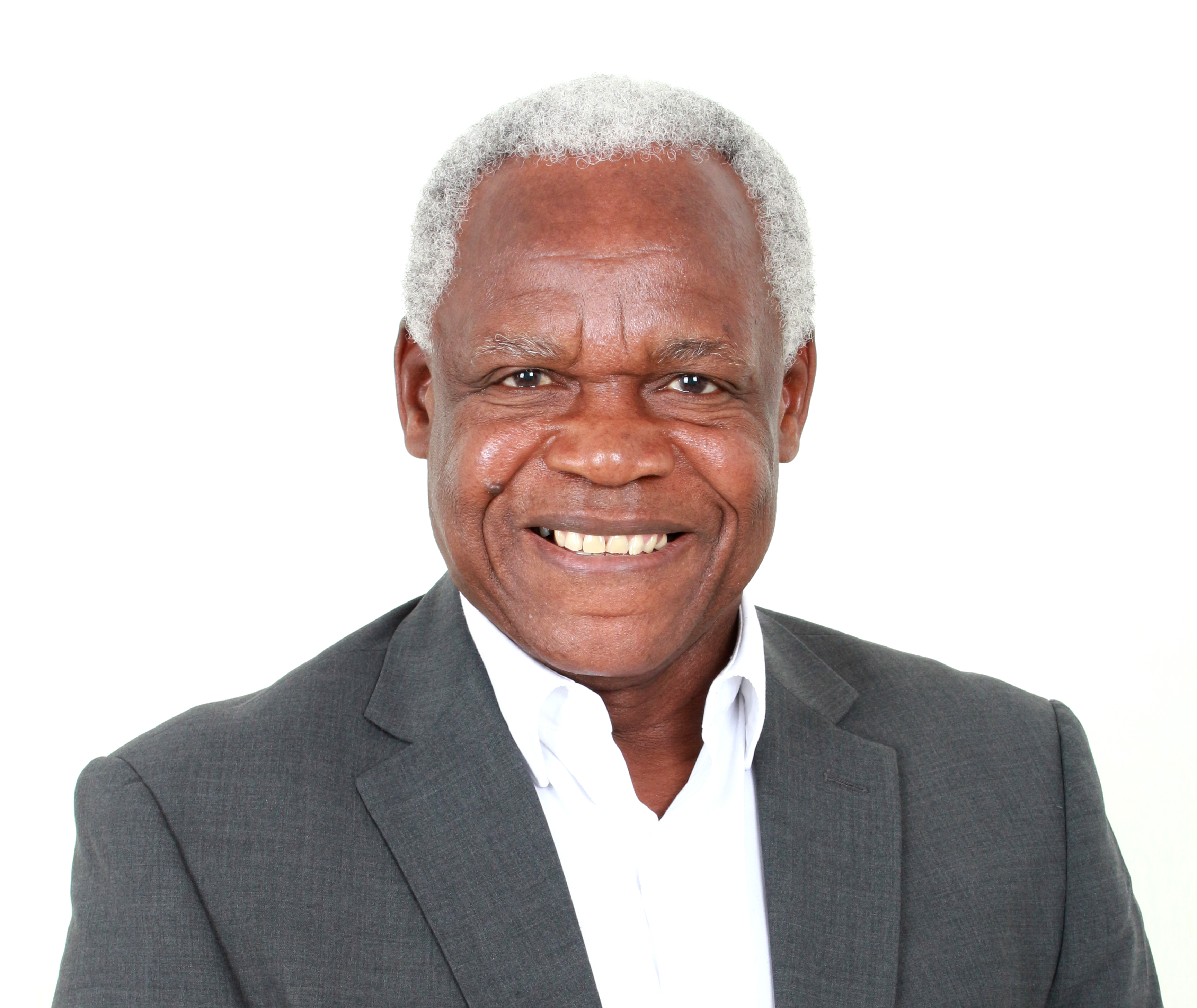
Joseph Mutale

Collin Gumbu
High-Level Stakeholders’ Consultation Workshop on the Grand Inga Strategic Coordination Committee (GISCC)
Closed Door African Union Meeting – Invitation Only
Hosted by
NB: Topics, times and speakers may be subject to change as the agenda develops.
Registration & Coffee
Innovative Financing Mechanisms – From MOUs to MWs
Over the past 12 months there has been a dramatic shift in the global financial markets, resulting in project funding and G/PRGs stalling. Here we explore financial innovations resulting from today’s global economic environment:
- What debt and currency friendly funding mechanisms are available and how has an Open Access regime supported the creation of new financing structures?
- Which tools for risk mitigation can make the difference to getting projects to financial closure, in the absence of government guarantees?
Moderator

Leria Arinaitwe
Speakers

Tinashe Yafele

Mulubwa Mpundu Chola

Shepherd Fungura

Kalaluka Itwi

Luyanga Mufungulwa
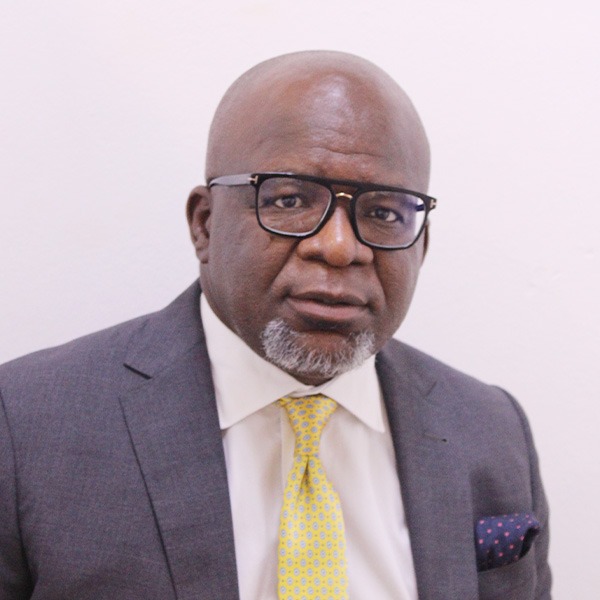
Victor Utedzi
Hosted by Southern African Development Community (SADC)
Framework on a Just Energy Transition
Discussion on financing the SADC JET framework and the role of institutions
Open to all attendees
Speakers

Yohannes Hailu
Session Switchover & Networking
The Future of Hydro in the Time of Climate Change
Both countries’ source a high percentage of installed capacity from hydropower, which makes up a large proportion of their primary source of electricity generation. Droughts, and the subsequent reduction in water levels, has created electricity shortages through power deficits, leading to load shedding and reliance on imports.
- Maximising generation from installed capacity, updating and exploiting existing assets, and using hybrid solutions
- How innovative methods, such as water transfer projects, can combat lower water levels
- How AI technology and weather mapping can improve resource management
Moderator

Towera Temba-Nkanza
Speakers
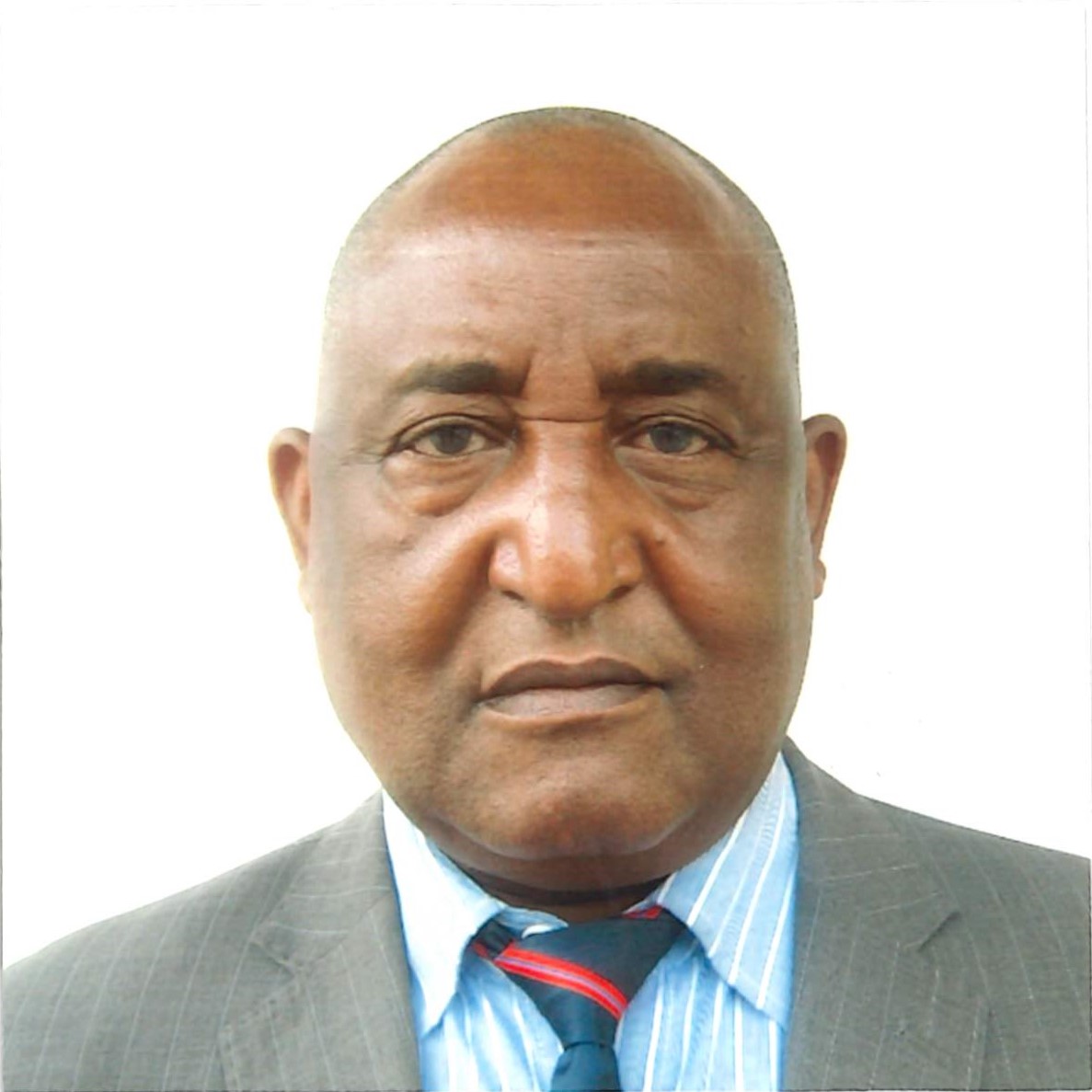
Munyaradzi Munodawafa
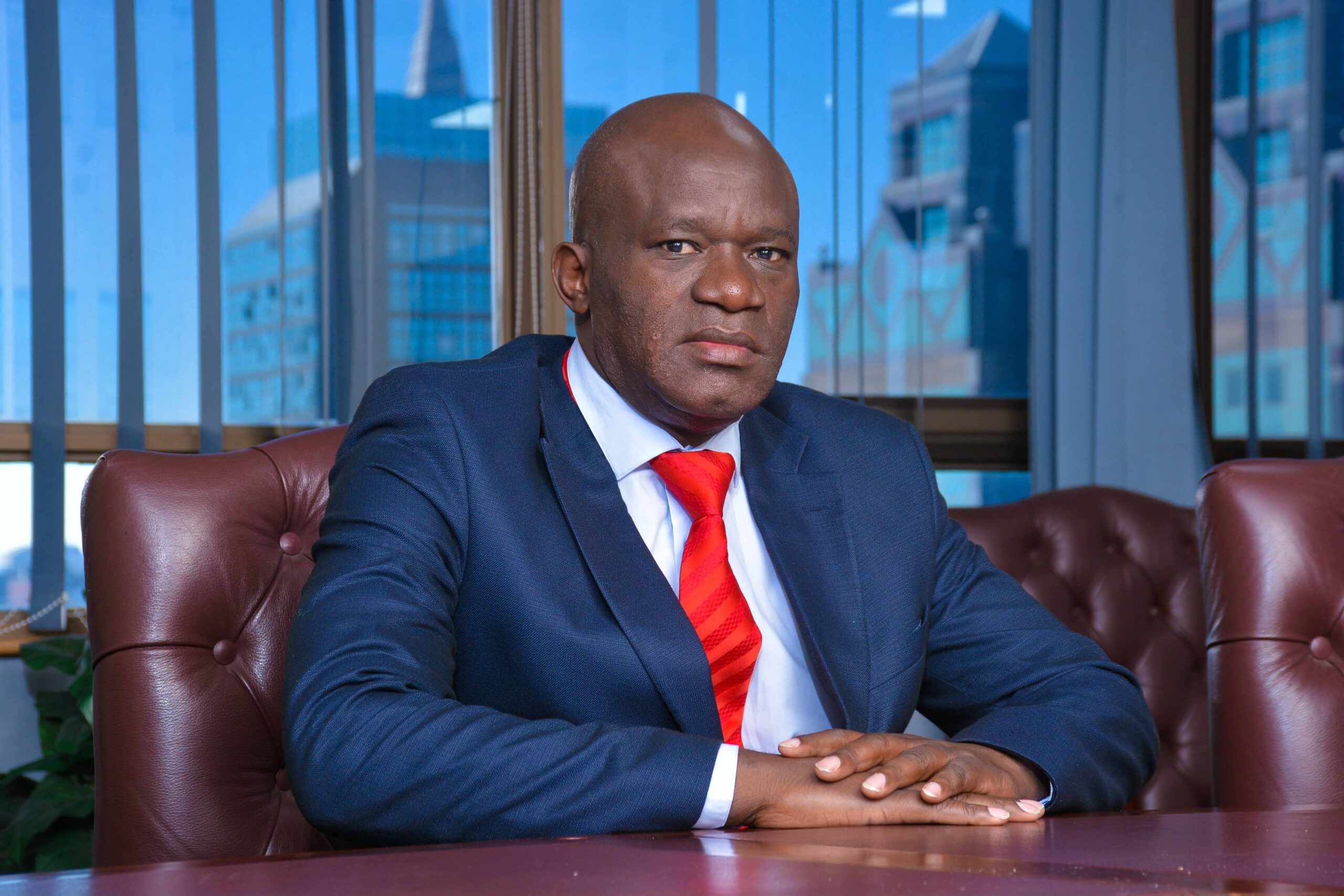
Nobert Matarutse

Wesley Lwiindi

Katai Kachasa

Daniel Rea

Memory Mashingaidze
Zambia: Project Presentations
Open to all attendees
Moderator

Rose Sibisi
Speakers

Mafayo Ziba

Francis Namakanda

Chimuka Nketani

Kuso Kamwambi
High-Level Stakeholders’ Consultation Workshop on the Grand Inga Strategic Coordination Committee (GISCC)
Closed Door African Union Meeting – Invitation Only
Hosted by
Coffee & Networking
Implementing Regional Transmission and Interconnection Projects
The region’s geographical location lends itself to positioning the two countries as energy hubs for Africa. The advanced foundations that SAPP offers means that if the various interconnectors can be brought to fruition, massive benefits will be reaped.
- What is the latest on projects such as ZIZABONA, MOZISA, MAZA and KKIP and where are the returns for private sector investment?
- Can transmission tariffs with neighbouring countries and SAPP be harmonized to make regional electricity trade more cost-effective?
- Will prioritising the ZTIP help the Zambian government make progress more quickly, connecting with Tanzania to increase energy transmission?
- How is SAPP’s work on interconnection supporting its member countries to trade in electricity?
Moderator

James Mackay
Speakers
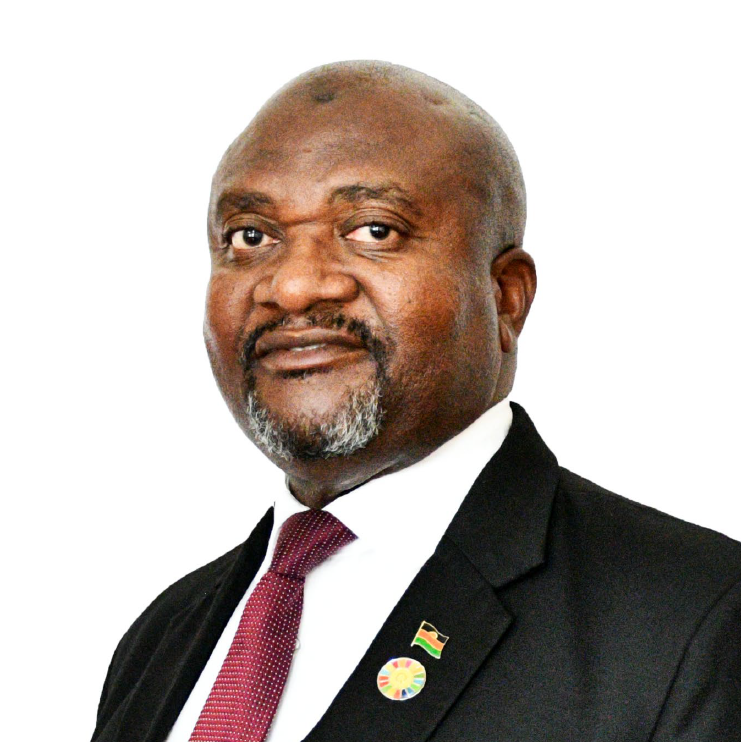
Honourable Ibrahim Matola
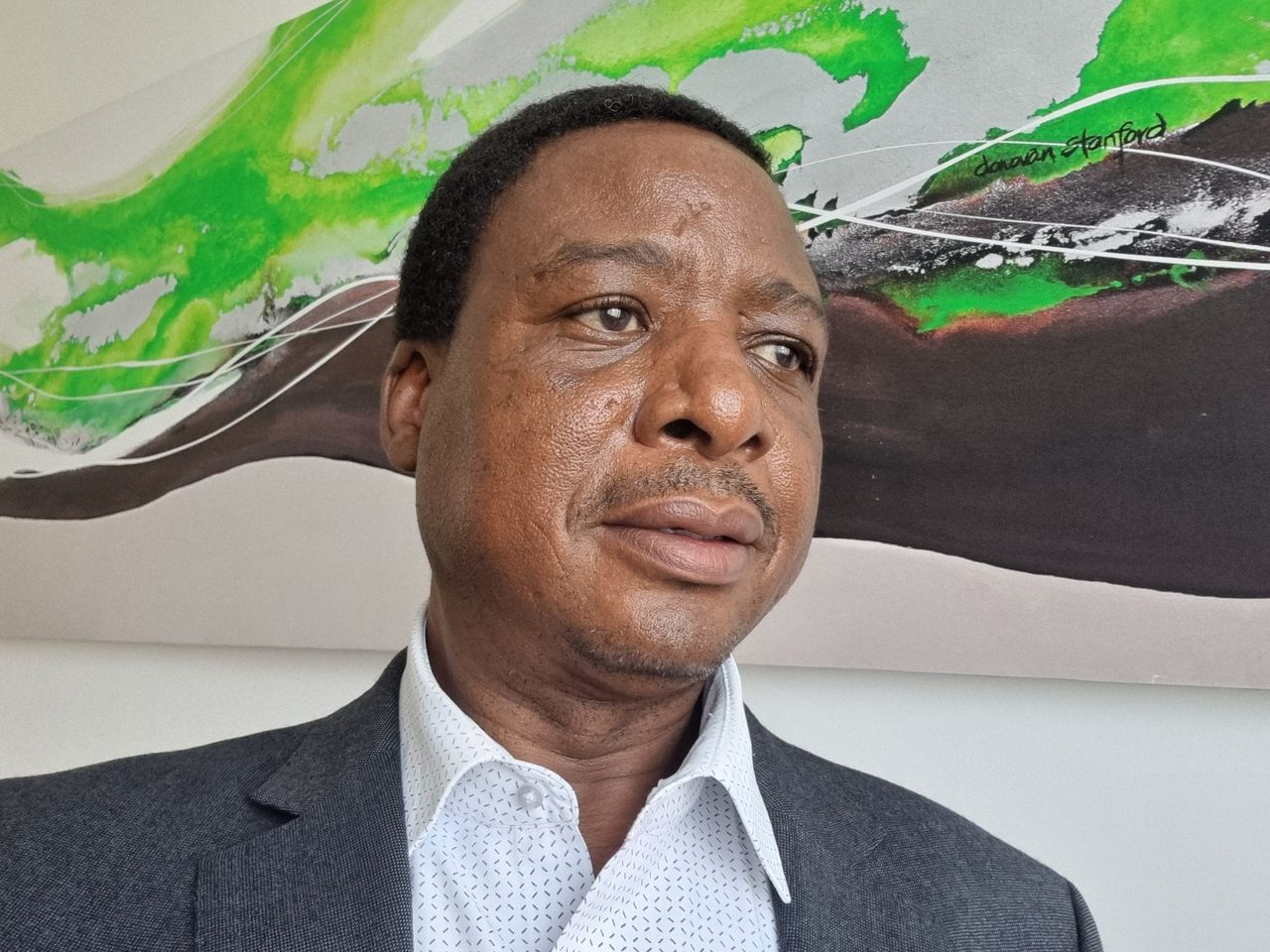
John Diya

Geoffrey Mabea

Wilson Masango

James Manda

Patrick Kouame
Hosted by Southern African Development Community (SADC)
Framework on a Just Energy Transition
Road mapping and implementation strategy
Open to all attendees
Speakers

Moses Ntlamelle
Lunch
How are Energy Traders Transforming the Energy Market?
Faced with a need for creditworthy off-takers, energy traders have flocked to the region, offering an alternative route to market, filling a gap that utilities have left.
- What are the short- and long-term impacts of the booming energy trading market on the struggling national utilities?
- What does the emergence of energy traders in the region mean for the future of the grid?
- What lessons have been learned from trader-backed projects?
- Is reliance on mining companies as the off-taker sustainable?
Moderator

Jonathan Berman
Speakers

Monie Captan

Emmanuel Chilombo Kalenga

Nsofwa Sikanyika

Alpha Mwale

James Cumming

Fedde Zwart

Sherrill Byrne
Zimbabwe: Project Presentations
Moderator
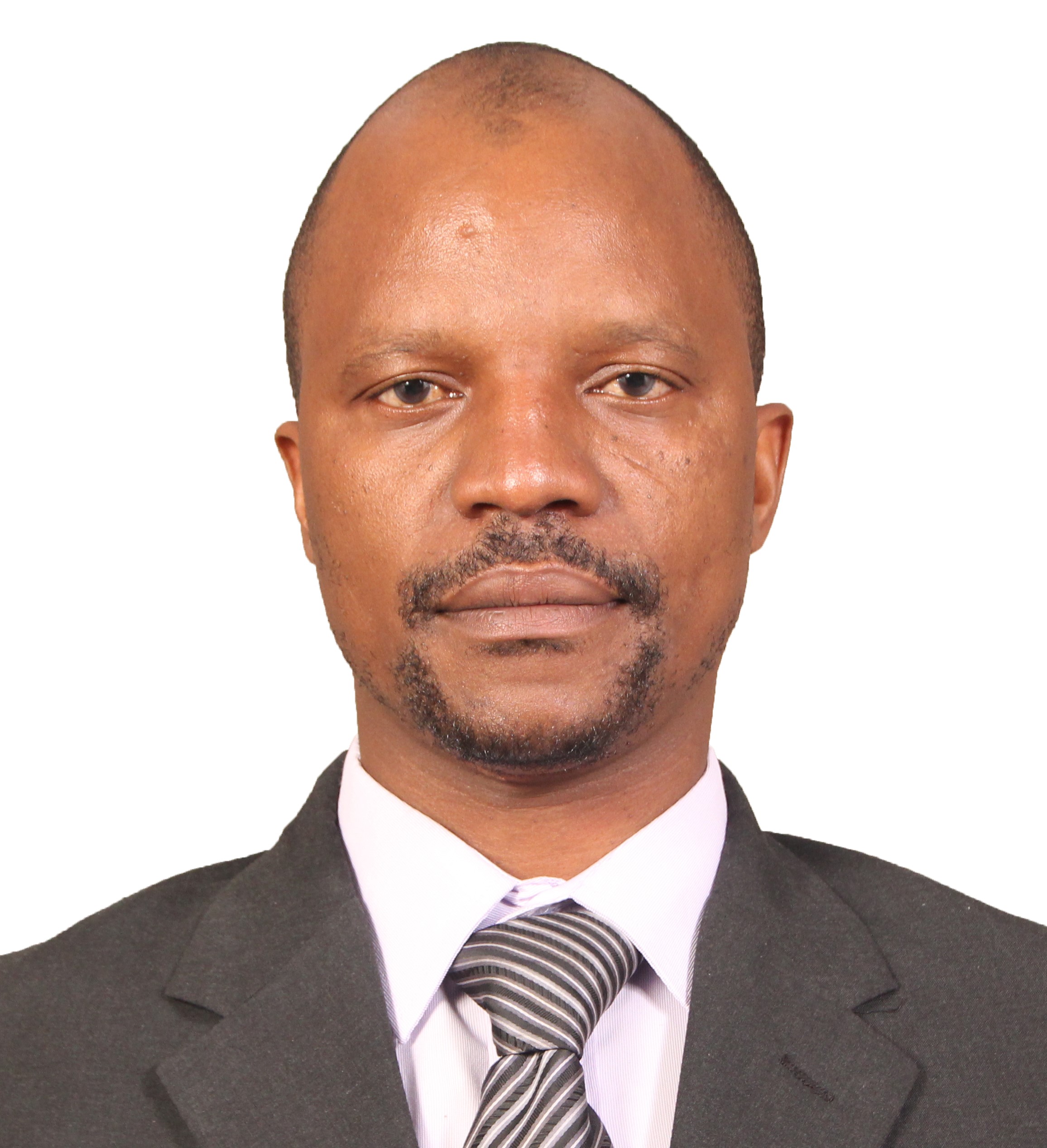
Sosten Ziuku
Speakers

H.E. Honourable Yeukai Simbanegavi

Munyaradzi Munodawafa

Forbes Chanakira
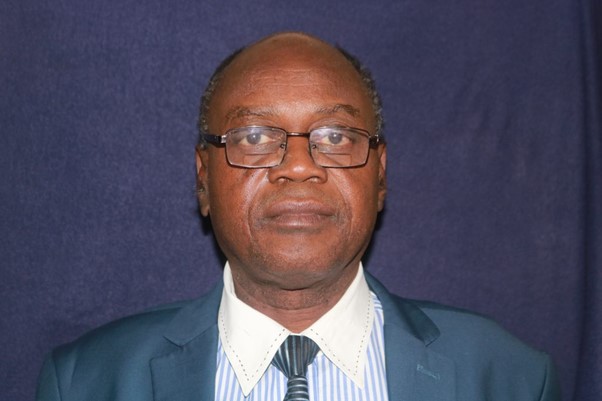
Cliff Nhandara

Man’arai Ndovorwi
High-Level Stakeholders’ Consultation Workshop on the Grand Inga Strategic Coordination Committee (GISCC)
Closed Door African Union Meeting – Invitation Only
Hosted by
Coffee & Networking
Closing Remarks for the Zimbabwe-Zambia Energy Projects Summit 2025
Speakers

H.E. Honourable Yeukai Simbanegavi

H.E. Honourable Lerato Mataboge

Kuso Kamwambi

Moses Ntlamelle
Mukuni Boma Cultural Experience
Traditional African dining, drumming and dancing. A unique cultural experience that bombards the senses with tastes, sights and sounds of Africa.
Energy Project Excursion: Mukuni Substation
Get your tickets


